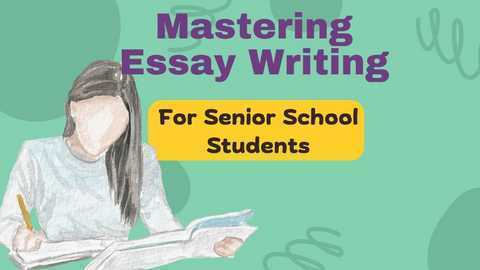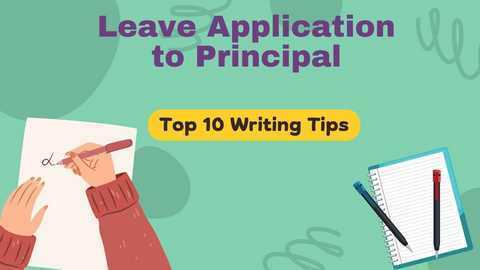A comprehension is a reading exercise that tests an individual’s ability to understand written information.
It is often used in academic settings to assess students’ reading comprehension skills.
Writing comprehensions may seem like a daunting task, but with a few simple tips and practical examples, anyone can learn how to write a comprehension that effectively tests readers’ understanding of a text.
In this article, we’ll explore the top 10 tips.
How to Write a Comprehension | Top 10 Tips

Tip #1: Choose the right text
The first step in writing a comprehension is choosing the right text.
The text should be appropriate for the intended audience, whether it’s elementary school students or advanced English learners.
Additionally, it should be engaging and interesting to read.
A text that is too easy or too difficult will not effectively test readers’ comprehension skills.
Here’s an example of a text that would be appropriate for middle school students:
“The sun was setting over the horizon, casting a warm orange glow across the sky. The birds were singing their evening songs, and the air was filled with the scent of blooming flowers. It was a perfect summer evening.”
Tip #2: Determine the purpose of the comprehension
Before writing a comprehension, it’s important to determine the purpose of the exercise.
Is it to test readers’ general comprehension skills or to focus on a specific aspect of reading, such as vocabulary or inference?
Once the purpose is established, the questions can be tailored to test that specific skill.
For example, if the purpose is to test inference skills, a question like this could be included:
“What does the warm orange glow across the sky suggest about the time of day?”
Tip #3: Create a variety of question types
Good comprehensions should include a variety of question types to test different skills.
These could include multiple choice, short answer, and open-ended questions.
Each type of question should be designed to test a specific skill, such as vocabulary, summarization, or inference.
Here’s an example of an open-ended question that tests inference skills:
“What can you infer about the speaker’s feelings based on the description of the summer evening?”
Tip #4: Use clear and concise language
When writing the questions for a comprehension, it’s important to use clear and concise language.
The questions should be easy to understand and should not include any confusing or unnecessary wording.
This ensures that the questions test readers’ comprehension of the text, not their ability to decipher unclear instructions.
Here’s an example of a clear and concise question:
“Which word best describes the scent in the air?”
Tip #5: Test the comprehension
Before finalizing the comprehension, it’s important to test it on a sample group of readers.
This ensures that the questions effectively test readers’ comprehension of the text and that there are no errors or confusing questions.
The sample group should be representative of the intended audience and should be given a set amount of time to complete the comprehension.
The results can then be used to make any necessary changes to the comprehension.
Tip #6: Make the questions relevant
When writing a comprehension, it’s important to make the questions relevant to the text.
The questions should test readers’ comprehension of the text, not their ability to answer random questions.
For example, if the text is about climate change, a relevant question could be:
“What is one way that climate change is affecting polar bears?”
Tip #7: Use authentic language
The language used in the comprehension should be authentic and reflect the language used in real-world situations.
This helps readers develop their comprehension skills in a more practical way.
Here’s an example of authentic language:
“What does the author mean when they say ‘a wolf in sheep’s clothing’?”
Tip #8: Include a variety of text types
A good comprehension should include a variety of text types, such as articles, essays, and short stories.
This helps readers develop their comprehension skills across different types of text.
For example, if the text is an article about renewable energy, a short story about a family using solar panels could be included to test readers’ comprehension across different text types.
Tip #9: Provide context for the text
It’s important to provide context for the text to help readers understand the purpose and meaning of the text.
This can be done by including a brief introduction or background information.
Here’s an example of providing context for the text:
“The following text is an excerpt from a novel about a young girl living in a war-torn country.”
Tip #10: Vary the difficulty of the questions
The questions in a comprehension should vary in difficulty to test readers’ comprehension skills at different levels.
Some questions should be easy and straightforward, while others should be more challenging and require deeper understanding of the text.
For example:
“Who is the main character of the story?” (easy)
“What is the theme of the story?” (challenging)
Conclusion
In conclusion, writing a comprehension can seem like a daunting task, but with these 10 tips, anyone can create a successful comprehension that effectively tests readers’ understanding of a text.
By following these tips, writers can create effective and engaging comprehensions that test readers’ skills across a variety of text and question types.




